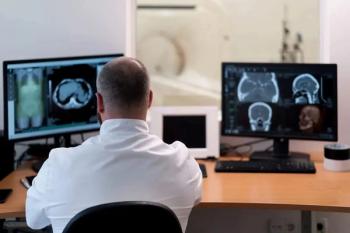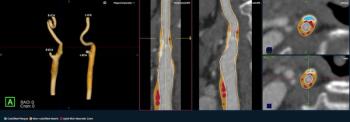
Hitachi forms nuclear medicine division
Japanese vendor Hitachi Medical of Tokyo has formed a new nuclearmedicine division to handle direct sales in North America of itsgamma cameras. The move culminates Hitachi's comeback in the modality,which began when Summit Nuclear stopped marketing the
Japanese vendor Hitachi Medical of Tokyo has formed a new nuclearmedicine division to handle direct sales in North America of itsgamma cameras. The move culminates Hitachi's comeback in the modality,which began when Summit Nuclear stopped marketing the Hitachiproducts following the merger of Summit and Sopha Medical (SCAN10/11/95).
Hitachi's Nuclear Medicine Products Division will be based inTwinsburg, OH, and will be a subsidiary of Hitachi Medical Corporationof America, which is based in Tarrytown, NY. Former Summit executiveGary Enos is general manager of the division.
At last month's Radiological Society of North America meeting,Hitachi displayed SpectraDigital V250 DSP, the company's variable-angledual-head gamma camera. The company also had panels on 511-keVcollimation and a work-in-progress Coincidence Detection Reconstruction(CDR) technique.
Hitachi is also developing a new nuclear medicine workstation,SpectraDigital 300SS, which is based on a Hewlett-Packard platformwith applications software developed in cooperation with MedasysDigital Systems. The computer is expected to be available earlythis year.
Newsletter
Stay at the forefront of radiology with the Diagnostic Imaging newsletter, delivering the latest news, clinical insights, and imaging advancements for today’s radiologists.






























